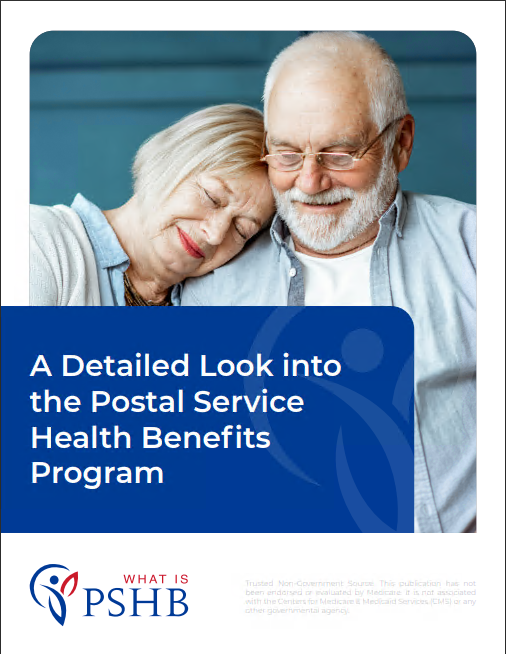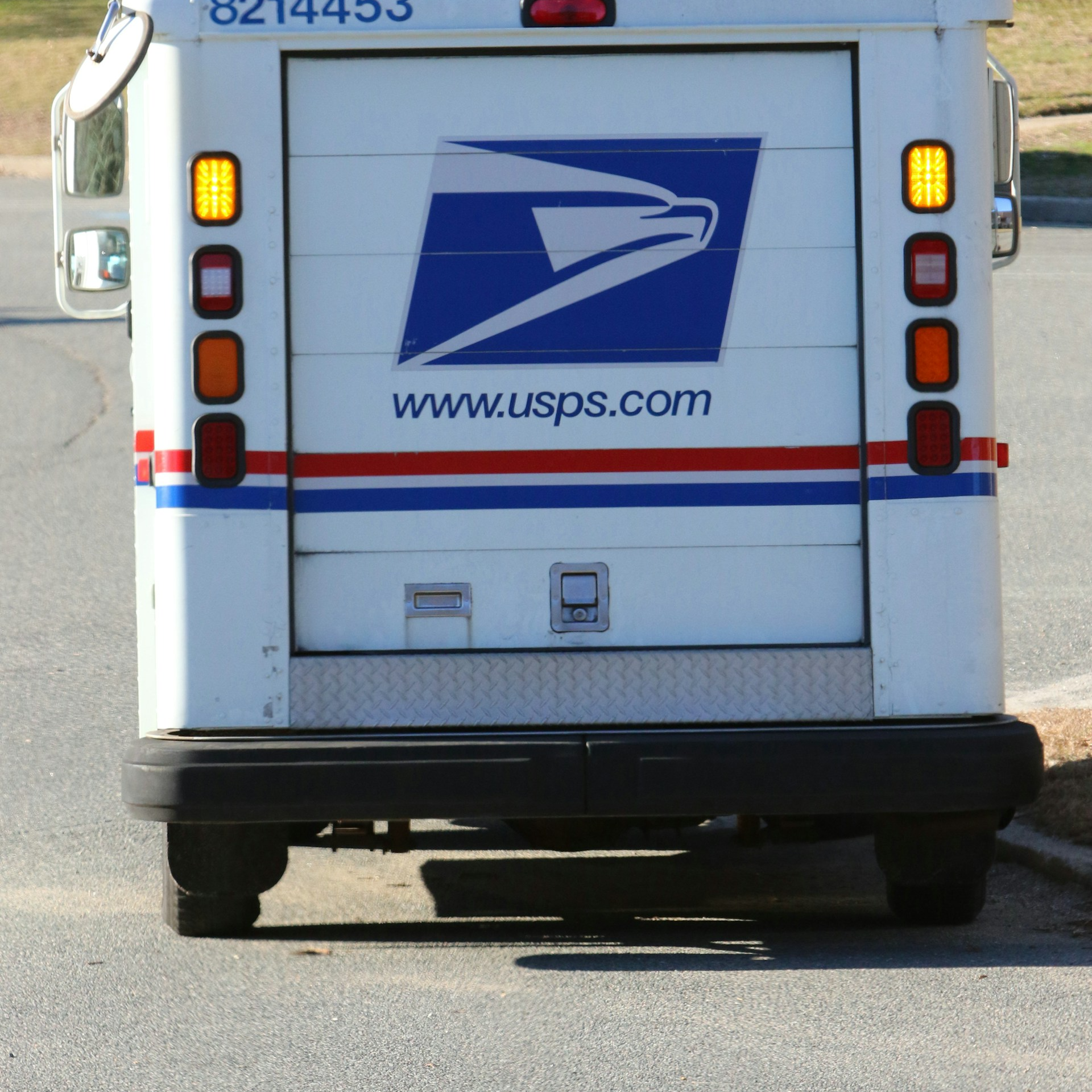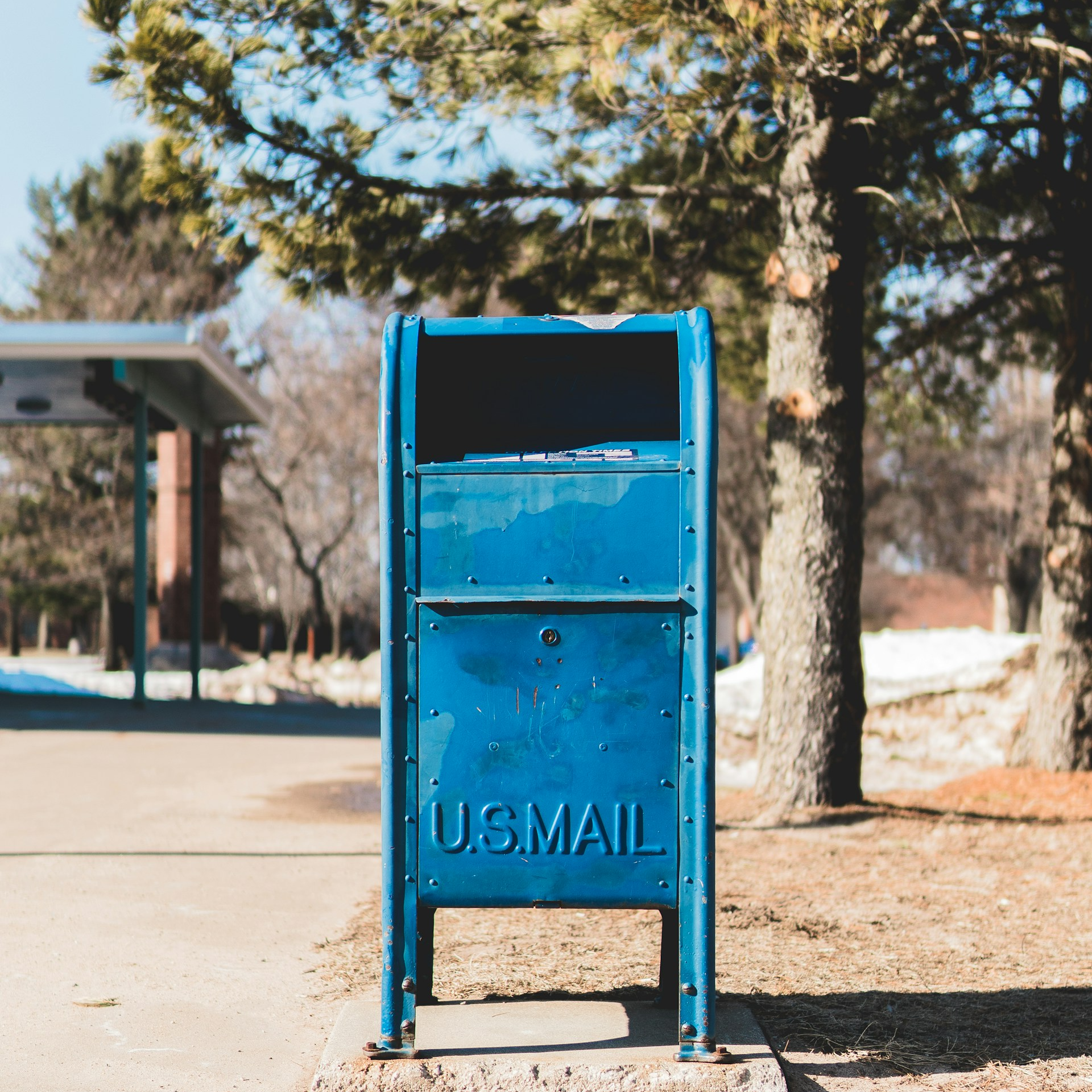Key Takeaways
- PSHB provides USPS employees with comprehensive healthcare coverage tailored to their unique needs.
- Understanding key dates and enrollment periods for PSHB is crucial to ensure timely and effective coverage.
All-Inclusive Guide to PSHB for USPS Employees
Postal Service Health Benefits (PSHB) is a crucial program designed to provide USPS employees with comprehensive healthcare coverage. This guide will break down the essential aspects of PSHB, including key dates, enrollment periods, the role of Medicare Part B, and special enrollment periods for USPS annuitants. Additionally, we’ll explore PSHB plan options and premiums, and answer frequently asked questions to help USPS employees navigate this important aspect of their benefits package.
Introduction to PSHB for USPS Employees
PSHB stands for Postal Service Health Benefits, a program created to provide healthcare coverage specifically for employees of the United States Postal Service. This program aims to ensure that postal workers have access to the medical care they need while balancing costs and coverage options. PSHB is an essential component of the benefits package offered to USPS employees, providing various health plan options that cater to different needs and preferences.
Understanding PSHB is crucial for USPS employees to make informed decisions about their healthcare coverage. This guide will cover the key elements of PSHB, helping employees understand their options and the steps needed to enroll in the program effectively.
Key Dates and Enrollment Periods for PSHB
One of the most critical aspects of managing your PSHB benefits is knowing the key dates and enrollment periods. Missing these dates can lead to gaps in coverage or missed opportunities to switch plans.
-
Open Season: The Open Season is a designated period each year during which USPS employees can enroll in or make changes to their PSHB plans. Typically, this occurs in the fall, from mid-November to mid-December. During this time, employees can evaluate their current health coverage and make adjustments based on their needs for the upcoming year.
-
Qualifying Life Events (QLEs): Certain life events, such as marriage, divorce, the birth of a child, or a change in employment status, may qualify you for a Special Enrollment Period (SEP). These events allow you to make changes to your health plan outside of the Open Season.
-
Initial Enrollment Period: New USPS employees have an initial enrollment period when they first become eligible for PSHB. This period is typically within the first 60 days of employment. It’s essential to enroll during this time to ensure that you have health coverage from the start of your employment.
Medicare Part B and Its Role in PSHB
Medicare Part B plays a significant role in the healthcare coverage of USPS employees, especially for those who are eligible for Medicare. Understanding how Medicare Part B integrates with PSHB is vital for maximizing your benefits and minimizing out-of-pocket costs.
Medicare Part B covers outpatient medical services such as doctor visits, preventive services, and durable medical equipment. For USPS employees who are 65 or older or who qualify due to a disability, enrolling in Medicare Part B can provide additional coverage that works alongside PSHB plans.
-
Coordination of Benefits: When you are enrolled in both PSHB and Medicare Part B, these programs coordinate to provide comprehensive coverage. Generally, Medicare becomes the primary payer, and PSHB acts as the secondary payer, covering costs that Medicare does not.
-
Cost Savings: By enrolling in Medicare Part B, USPS employees may reduce their out-of-pocket expenses for medical services. Since Medicare Part B covers a significant portion of medical costs, the remaining expenses covered by PSHB can be lower, leading to overall cost savings.
Special Enrollment Periods (SEP) for USPS Annuitants
USPS annuitants, or retired USPS employees, have specific enrollment periods during which they can make changes to their PSHB coverage. These Special Enrollment Periods (SEP) are designed to accommodate life changes and ensure that retirees have the necessary healthcare coverage.
-
Post-Retirement SEP: After retirement, USPS annuitants have a SEP to enroll in or adjust their PSHB plans. This period typically begins upon retirement and lasts for a limited time, providing retirees the opportunity to select the most appropriate healthcare plan for their needs.
-
Medicare Eligibility SEP: For retirees who become eligible for Medicare, there is a SEP to enroll in Medicare Part B and adjust their PSHB coverage accordingly. This period allows retirees to align their PSHB and Medicare benefits for optimal coverage.
Understanding PSHB Plan Options and Premiums
PSHB offers a variety of health plan options to cater to the diverse needs of USPS employees. Understanding these options and their associated premiums is essential for selecting the best plan for you and your family.
-
Health Maintenance Organizations (HMOs): HMOs provide a network of healthcare providers and facilities. These plans often require members to choose a primary care physician (PCP) and get referrals for specialist services. HMOs typically have lower premiums and out-of-pocket costs but offer less flexibility in choosing healthcare providers.
-
Preferred Provider Organizations (PPOs): PPOs offer more flexibility in selecting healthcare providers. Members can see any doctor or specialist without a referral, though using in-network providers will result in lower out-of-pocket costs. PPOs usually have higher premiums compared to HMOs but provide greater freedom in healthcare choices.
-
High Deductible Health Plans (HDHPs): HDHPs have higher deductibles but lower premiums. These plans are often paired with Health Savings Accounts (HSAs), allowing members to save money tax-free for medical expenses. HDHPs can be a good option for those who do not anticipate needing frequent medical care and want to save on premium costs.
Frequently Asked Questions about PSHB for Postal Workers
Q: What is the difference between PSHB and the Federal Employees Health Benefits (FEHB) program? A: PSHB is specifically designed for USPS employees, while FEHB is available to all federal employees. Both programs offer similar health plan options, but PSHB may have plans tailored more closely to the needs of postal workers.
Q: Can I enroll in PSHB if I am a part-time USPS employee? A: Yes, part-time USPS employees are eligible for PSHB. However, the extent of the coverage and the premiums may vary based on your employment status and the number of hours worked.
Q: What happens to my PSHB coverage if I leave USPS employment? A: If you leave USPS employment, you may be eligible for temporary continuation of coverage (TCC) or may choose to convert to an individual health insurance plan. It’s important to review your options and make timely decisions to avoid gaps in coverage.
Q: How do I know which PSHB plan is right for me? A: Selecting the right PSHB plan depends on various factors, including your healthcare needs, budget, and preferences. Consider your medical history, preferred healthcare providers, and financial situation when choosing a plan. Comparing the benefits and costs of different plans can help you make an informed decision.
Q: Is dental and vision coverage included in PSHB plans? A: Some PSHB plans may include dental and vision coverage, while others may offer these services as optional add-ons. Review the plan details carefully to understand what is included and whether additional coverage is needed.
Important Considerations
When managing your health benefits through PSHB, keep these important considerations in mind:
-
Review Plan Details Annually: Health plans and coverage options can change annually. It’s important to review your plan details every year during the Open Season to ensure that your coverage meets your current healthcare needs.
-
Utilize Available Resources: The USPS and CMS websites offer valuable resources and tools to help you understand your health benefits. Take advantage of these resources to stay informed about your options and any changes to the PSHB program.
-
Seek Professional Advice: If you have questions or need assistance navigating your health benefits, consider consulting a licensed insurance agent. They can provide personalized advice and help you make informed decisions about your healthcare coverage.
Making the Most of Your PSHB Benefits
Managing your PSHB benefits effectively ensures that you have access to the healthcare services you need while minimizing out-of-pocket costs. Staying informed about key dates, understanding how Medicare Part B interacts with your PSHB coverage, and choosing the right plan options are all critical steps. By reviewing your plan annually and seeking professional advice when needed, you can make the most of the benefits available to you as a USPS employee.
Contact Information:
Email: [email protected]
Phone: 5105556789







